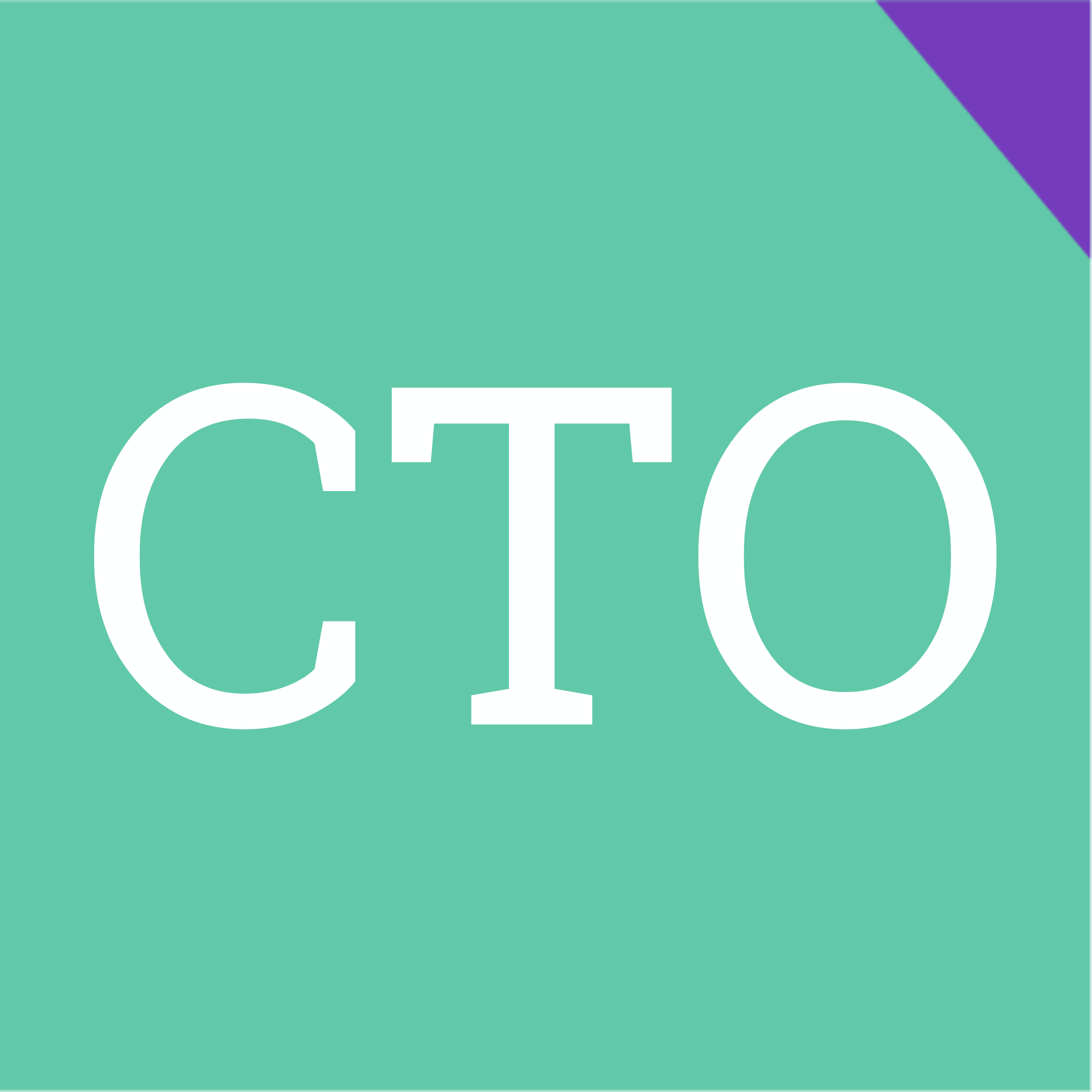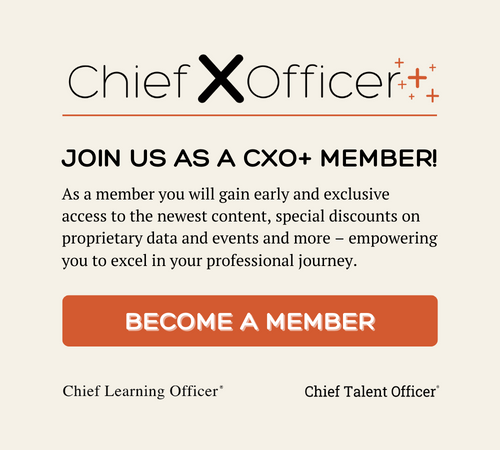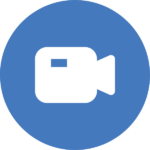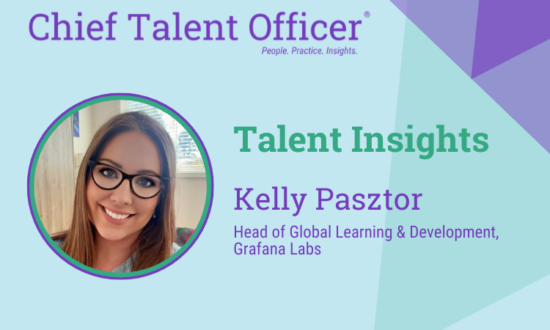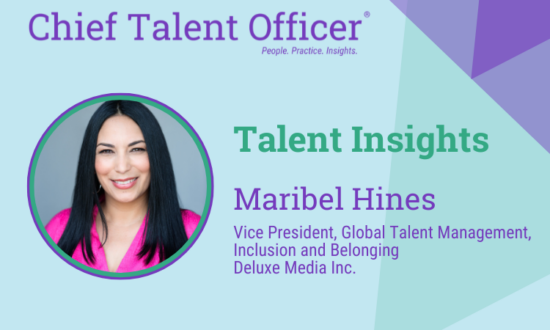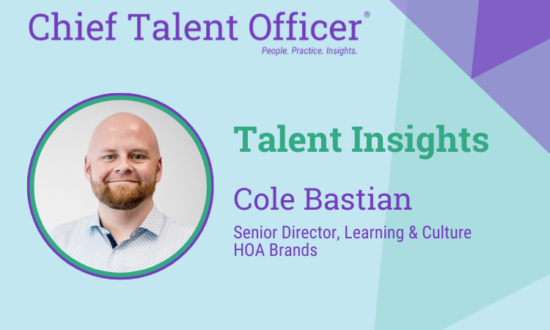Theresa M. Welbourne is president and CEO of eePulse Inc. and a research professor at the University of Southern California’s Center for Effective Organizations at the Marshall School of Business. She can be reached at editor@clomedia.com.
American businessman Tom Peters once said: “Test fast, fail fast, adjust fast.”
When we think of speeding up learning, we often go to the Internet and start working on fast delivery. However, that is not the core requirement for today’s CLO. Rather, it is anticipating what’s next and preparing leaders, managers and employees in the organization to be ready for it. Fortunately, there’s a proven process for this type of work.
In the late 1980s and early 1990s, as the world of software development evolved and sped up, programmers found themselves ill-equipped to meet customer needs, while the methods that made them slow also created bugs or errors. In response, a movement called extreme programming began. The concept grew out of frustration with what is called the “waterfall approach” to software development, which involved long development cycles that delivered final products late and often not meeting customer needs — in some cases already outdated. Smaller and more frequent releases of software, reviewed with customers, were needed in order to make rapid changes and deployments.
Extreme programming methodology resulted in new ways of working, higher-quality customer service and faster response times. The lessons learned from the extreme programming process can help CLOs speed up their departments to meet their customers’ needs today and in the future:
1. Identify a key informant employee group. These are internal stakeholders who are in jobs that keep them knowledgeable about the customer, the business environment and the competition. This group should be a mix of senior leaders, middle managers and customer-facing employees in both exempt and nonexempt jobs. This is your “key informant” group — those who need your services now and in the future.
2. Reach out to these stakeholders on a regular and frequent basis. This can be via phone, e-mail, surveys, focus groups, chat rooms or any other method that works for your team.
3. Ask what has changed since the last time you talked. Ask stakeholders to tell you what new skills or knowledge they or
people they work with need to be more successful. Have them relate to you specific examples, which should clearly demonstrate how something went wrong because they lacked information or knowledge or how they succeeded due to new skills or resources. You want to gather from the stories enough knowledge to move into development.
4. Review the stories with your own employees. Since you can’t do everything, choose the most compelling stories to act on. Find a team within your learning organization to tweak a current program or develop a new learning module that meets the needs of the story in question.
5. Share the resulting product with the stakeholder group. Ask them to use the new work, and then tell more stories. Keep the relationship between your internal development and delivery team and your stakeholder group active.
Three things will happen as a result of creating a “fast CLO” agenda:
• Improved quality of the team’s offerings.
• Greater use of the offerings.
• Improved firm performance as employees will be equipped to meet changing needs.
What we learned from the world of programming is that eventually this new fast model of working changes not only jobs, but also the way people work together. The model goes beyond moving training and development to the Internet; it focuses the business on continuous learning and continuous improvement in a way that enhances relational capital along the way.
By speeding up the way we learn — not just how we learn — organizations will be ready for the next crisis or major opportunity that presents itself

